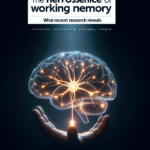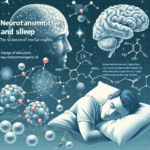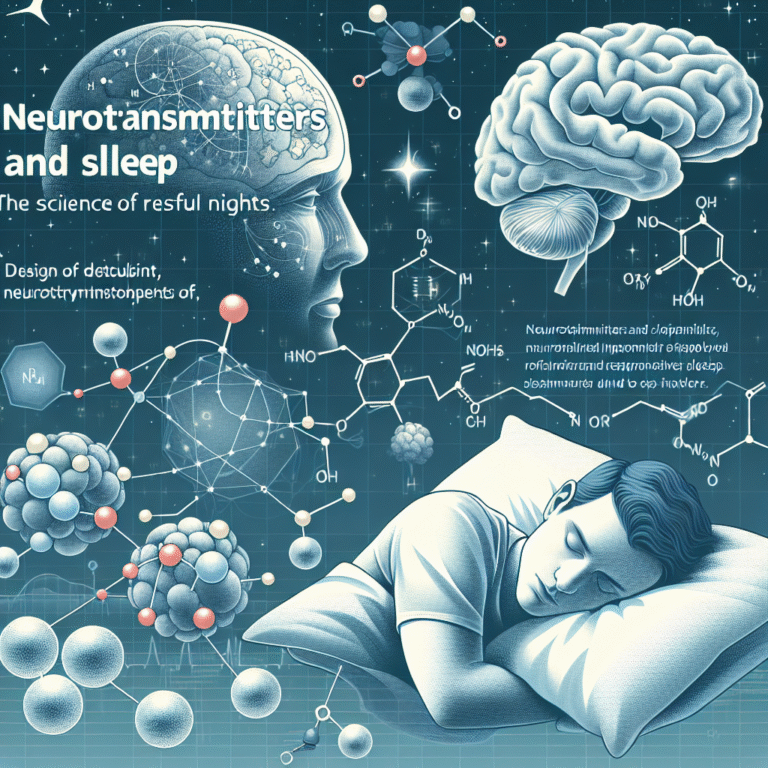
Introduction
Imagine you could transform your mind in the same way that one can renovate an old house, removing unwanted structures and adding features to enhance beauty and functionality. This isn’t just a dream; it’s the essence of rewiring the mind: how neuroplasticity shapes our experiences. Neuroplasticity refers to the brain’s ability to reorganize itself by forming new neural connections throughout life. This fascinating concept holds the potential to reshape not only our thoughts and behaviors but our very experiences of the world around us. As societal pressures and personal struggles mount, understanding neuroplasticity has proved essential for mental health, cognitive enhancement, and overall well-being.
The Science of Neuroplasticity: Understanding the Brain’s Flexibility
Neuroplasticity is the process through which the brain adapts and reorganizes itself in response to learning, experience, or injury. It shows us that our brains are not static but dynamic entities capable of growth and change.
Types of Neuroplasticity
-
Functional Plasticity: This is the brain’s ability to relocate functions from damaged areas to undamaged ones. For example, if one part of the brain is injured, another part can take over some of its functions.
- Structural Plasticity: This pertains to the brain’s ability to physically change its structure in response to learning and experience. For instance, studies have shown that London taxi drivers, who must memorize complex street layouts, have larger hippocampal volumes—an area of the brain involved in navigation.
Key Components of Neuroplasticity
- Synaptic Plasticity: Changes in the strength of synapses, the connections between neurons.
- Neurogenesis: The creation of new neurons, particularly in the hippocampus, which plays a crucial role in memory and learning.
The Impact of Neuroplasticity on Learning and Behavior
Understanding rewiring the mind: how neuroplasticity shapes our experiences can be particularly impactful when it comes to education and rehabilitation.
Case Study: Stroke Rehabilitation
In one compelling case, a woman named Mary suffered a stroke that affected her ability to speak. Through an intensive program of speech therapy and repetitive practice, she was able to regain much of her communicative abilities. This transformation was made possible by functional rehabilitation strategies that leveraged neuroplasticity, highlighting how targeted activities can foster recovery by forming new neural connections.
Chart: Neuroplasticity in Action
| Activity | Type of Plasticity | Expected Outcome |
|---|---|---|
| Speech Therapy | Functional | Improved communication skills |
| Meditation | Structural | Increased gray matter in crucial areas |
| Physical Exercise | Structural | Enhanced motor skills and coordination |
Practical Applications: Transforming Lives Through Neuroplasticity
The implications of rewiring the mind: how neuroplasticity shapes our experiences extend beyond mere cognitive flexibility. They permeate various aspects of our personal and professional lives.
Mental Health: Overcoming Anxiety and Depression
Neuroplasticity has provided new pathways for tackling mental health disorders. Cognitive Behavioral Therapy (CBT), for instance, is an approach that uses the principles of neuroplasticity to reshape negative thought patterns. Research shows that patients engaged in CBT exhibit changes in brain areas associated with mood regulation.
Case Study: Overcoming Depression
Jake, a 25-year-old struggling with chronic depression, sought help and began participating in therapy based on CBT principles. Through numerous sessions focused on identifying and reframing negative thoughts, he experienced significant improvements. Functional MRI scans revealed increased activity in brain areas associated with positive emotions, showcasing how intentional interventions can drive structural change.
Personal Development: Building New Habits
Understanding how neuroplasticity works can facilitate personal growth. By consciously practicing new skills—be it learning to play a musical instrument or adopting a healthier lifestyle—you can literally reshape your brain.
Case Study: Learning a New Language
Consider Anna, who decided to learn Spanish. After months of daily practice through apps and immersive experiences, she not only became conversationally fluent but felt a sense of accomplishment that manifested as increased confidence and cognitive sharpness. Her commitment to practice triggered the brain’s capacity for growth, effectively illustrating the principle of rewiring the mind: how neuroplasticity shapes our experiences.
Enhancing Performance: Athletes and Neuroplasticity
Athletes have long understood that the mind significantly influences performance. By applying visualization techniques, they can train their brains for optimal performance, demonstrating that mental rehearsal leads to actual improvements in physical skill.
Case Study: The Power of Visualization
A study involving elite athletes found that those who practiced visualization techniques could enhance their performance significantly compared to those who did not. The brain’s engagement in visualizing the action activated similar neural pathways as performing the task itself, showcasing the potential for neuroplastic change.
The Role of Mindfulness and Meditation
Mindfulness and meditation have emerged as powerful tools in rewiring the mind: how neuroplasticity shapes our experiences. These practices not only improve mental health but also lead to structural changes in the brain.
Scientific Findings
Research indicates that regular mindfulness meditation can increase gray matter density in important areas like the prefrontal cortex and the hippocampus. This increase correlates with improvements in attention, emotional regulation, and cognitive flexibility.
Table: Mindfulness and Meditation Benefits
| Benefit | Mechanism |
|---|---|
| Improved Focus | Increased prefrontal cortex activity |
| Enhanced Emotional Regulation | Greater hippocampal volume |
| Stress Reduction | Lower levels of cortisol |
Conclusion: A Call to Action
Rewiring the mind: how neuroplasticity shapes our experiences serves as a testament to the brain’s incredible adaptability. The take-home message is clear: we possess the power to change our lives, our habits, and our mental patterns through intentional and deliberate actions. By engaging in activities that promote neuroplasticity—be it through therapy, learning, mindfulness, or physical training—we can reshape our experiences.
As you glean insights from this exploration, take a moment to reflect on what you wish to change in your life. Is it a habit you want to build? A fear you wish to conquer? Embrace the knowledge that neuroplasticity is on your side, waiting for your call to action.
FAQs
1. What is neuroplasticity?
Neuroplasticity is the brain’s ability to reorganize itself by forming new neural connections throughout life, allowing for recovery, learning, and adaptation.
2. How can neuroplasticity improve mental health?
Neuroplasticity allows for the development of new pathways that can help replace negative thought patterns, making therapeutic approaches like CBT effective for managing conditions like anxiety and depression.
3. Can I rewire my brain through meditation?
Yes! Regular mindfulness meditation has been shown to lead to structural changes in the brain that enhance focus, emotional regulation, and cognitive flexibility.
4. Is it possible to learn new skills at any age?
Absolutely! Neuroplasticity means that the brain can continue to grow and adapt throughout your life, making it never too late to learn new skills or habits.
5. How long does it take to see changes in my brain?
The timeline for observable change varies greatly depending on the individual and the type of activity engaged in. However, consistent practice and engagement usually yield noticeable effects within weeks to months.
By understanding and embracing the principles of neuroplasticity, we can proactively rewire our minds, crafting richer, more meaningful experiences throughout our lives.
















